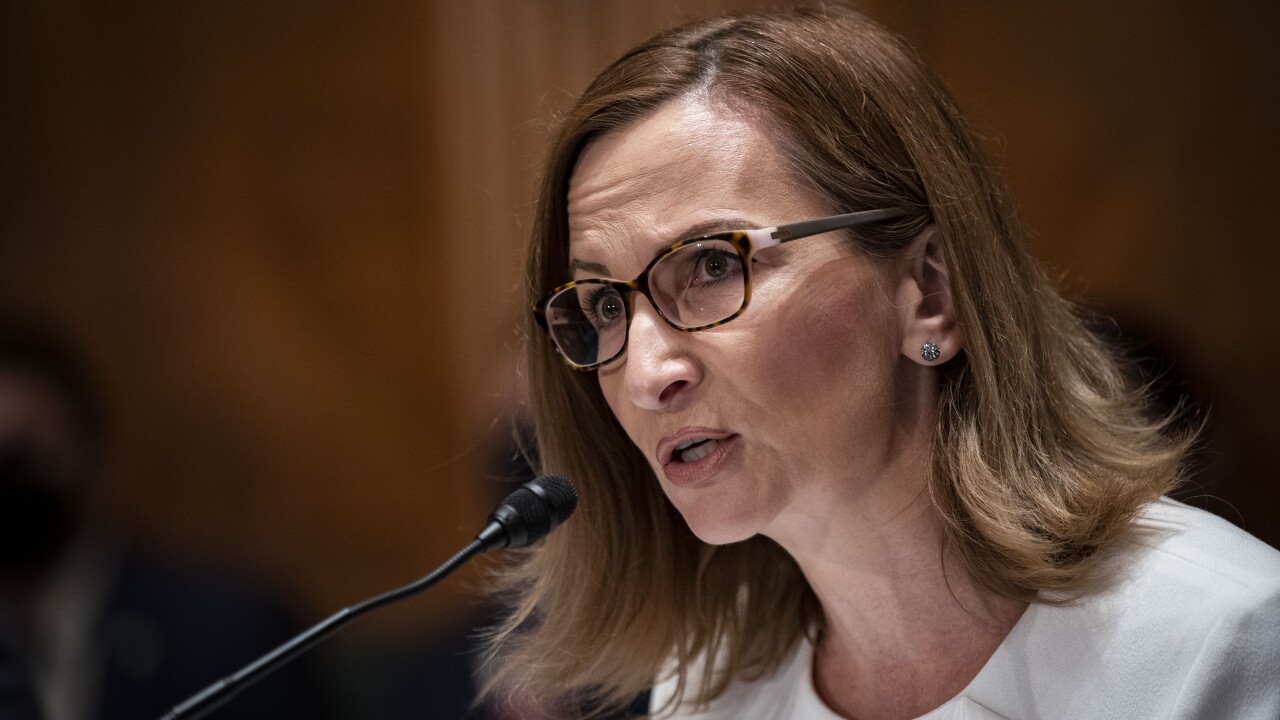
The persistent
In 1944, world leaders gathered in Bretton Woods, New Hampshire, to architect a new international financial order. Out of the ashes of war, the dollar became the central "settlement asset," global exchange rates found their anchor, and the rules of global commerce became standardized and interoperable. That system, for all its flaws, brought a clarity and stability that propelled half a century of cross-border growth.
Today, as multiple countries accelerate pilot programs for
Stablecoins have quietly become the standardized settlement rails of digital commerce. Their ascent is not just a matter of market cap or speculation; it's a function of utility and efficiency in enabling global, instant, permissionless settlement between parties who may have no relationship with each other, nor trust in a shared intermediary.
Just as Bretton Woods created a universal accounting and settlement layer, stablecoins are emerging as the
CBDCs are both a validation and a reaction to this reality. Central banks want the efficiency, programmability and visibility of stablecoins, but are wary of ceding control to private issuers. This tension is why we're seeing parallel efforts: Governments experiment with their own sovereign rails, even as the market coalesces around USD stablecoins as the de facto "dollar on the internet."
There's no designated lender of last resort for nonbank stablecoin issuers in either the recently-passed stablecoin bill or the crypto market structure bill being considered, which experts say could mean bailouts down the road.
The Bretton Woods system hard coded the rules for international finance into institutional machinery: currency pegs, settlement banks, clearinghouses and International Monetary Fund reserves. Today's stablecoin layer does something markedly similar, only this time, the rules are software. Smart contracts define who can settle, how collateral is managed, how assets can move across chains, and even how transaction privacy and transparency are balanced.
This programmable settlement layer does not eliminate questions of trust, sovereignty or regulation, but it does radically expand the set of financial actors — corporates, fintechs, protocols, individuals who can reliably interact on global terms. The monetary operating system is getting an upgrade from analog to digital, from bilateral to programmable, and from rigid to adaptive.
No revolution is simple. The coexistence of CBDCs and private stablecoins could introduce new frictions in the forms of regulatory, geopolitical and technical. But unlike postwar years, the conversation is not happening behind closed doors. It's now playing out in open-source code, governance proposals and global regulatory summits.
The analogy to Bretton Woods is not a prediction of a single standard, but a recognition of this moment's gravity: We are collectively choosing the mechanisms through which value, credit and risk flow across borders for decades to come. Stablecoins, if their promise is realized, are more than niche crypto infrastructure. They're the contenders for the next global monetary standard.
Financial institutions cannot afford to wait for governments to pick a winner. Just like banks and corporations scrambled to comply with, and leverage, the rules of Bretton Woods, today's market participants are rapidly integrating the stablecoin rails. Settlement risk, cross-border friction and reconciliation costs no longer wait on central banks; private rails now allow real-time movement, programmable compliance and global reach.
The future may not look like the post-Bretton Woods financial order did, but the logic is similar: A new architecture is forming underneath the world's largest pools of capital. The winners will be those who recognize that the pipes and standards built now will define who sits at the heart of economic value transfer for another generation.






